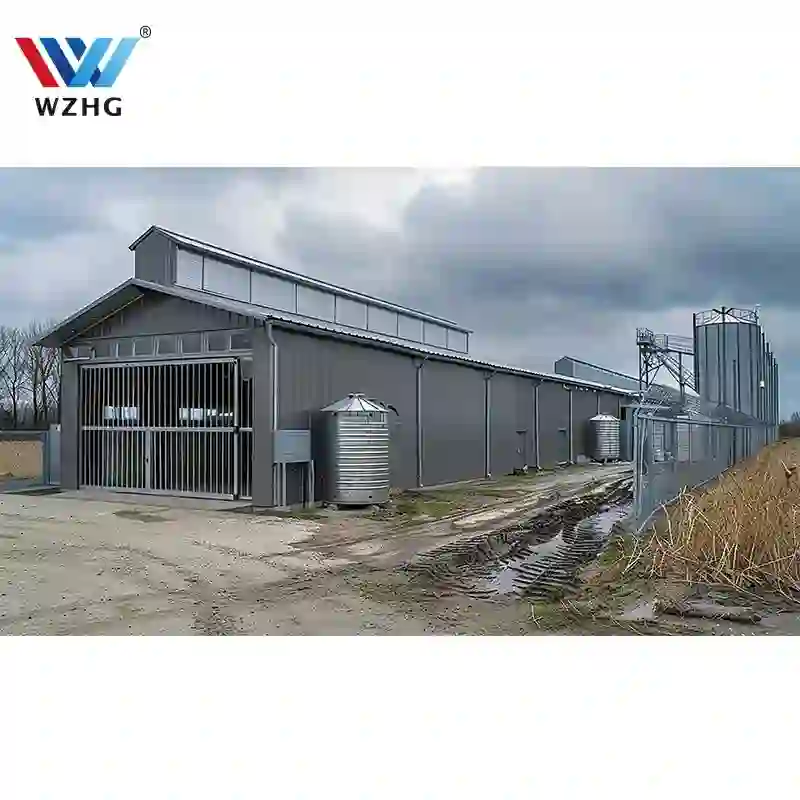Industrial Steel Buildings: Why They Are A Wise Investment For Your Business

Industrial Steel Buildings: Why They Are A Wise Investment For Your Business
In today’s fast-paced industrial world, the choice of infrastructure plays a pivotal role in the success and sustainability of a business. Among the various types of construction materials available, steel stands out as a superior choice for industrial buildings. Whether it’s a warehouse, manufacturing plant, or distribution center, industrial steel buildings offer a multitude of benefits that make them a wise investment for businesses. In this blog, we will delve into the numerous advantages of industrial steel buildings, examining their durability, cost-efficiency, environmental benefits, and the advanced technologies that make them an excellent choice for modern businesses. We will also look at case studies and real-world examples, including projects by WZH, a leading manufacturer of steel structures, to understand how these buildings are transforming the industrial landscape.




